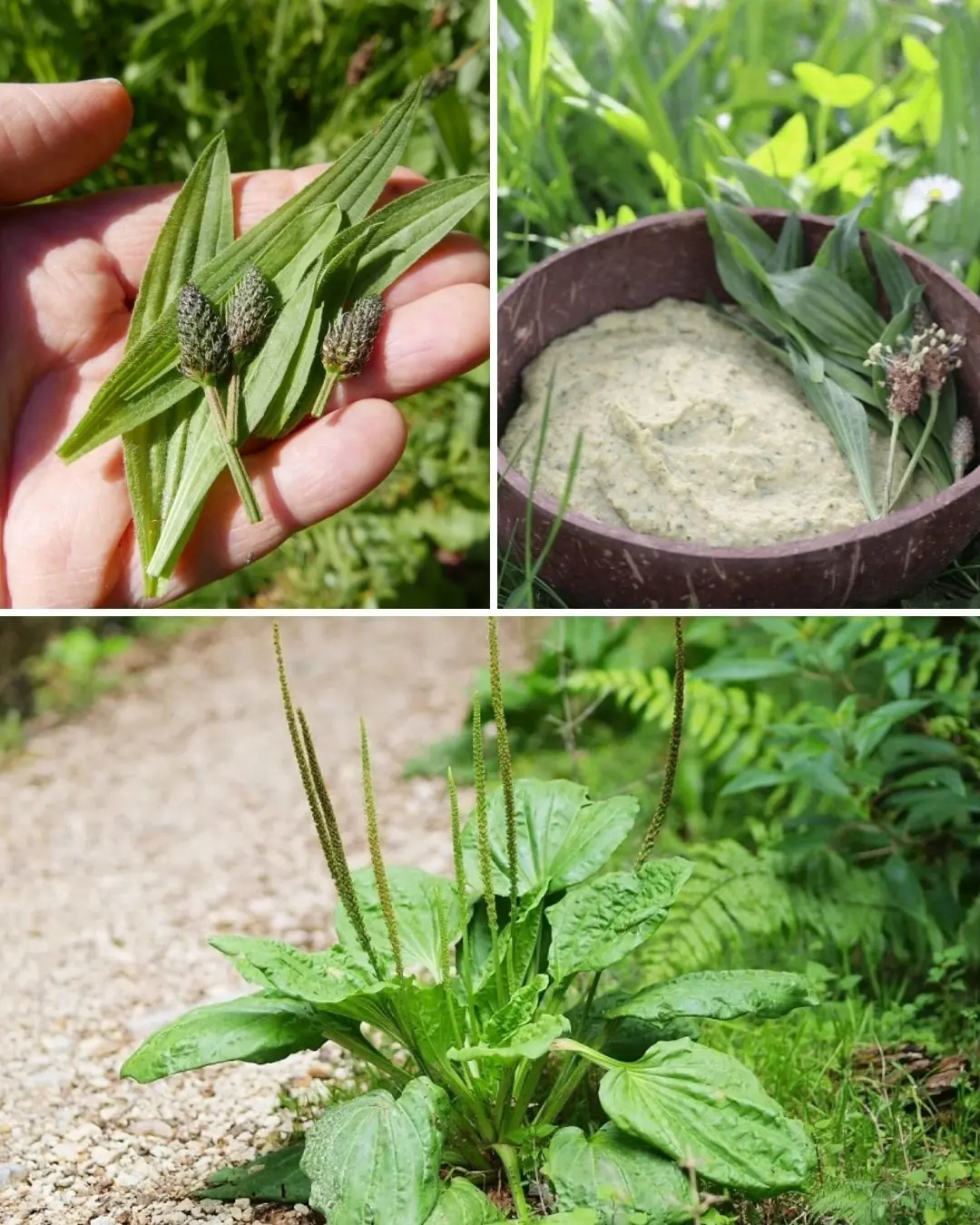
Beware Datura: Why You Must Avoid This Toxic Plant
Datura: The Beautiful Plant That Can Kill – 9 Hidden Dangers You Need to Know
Imagine wandering through a vibrant garden and spotting a stunning, trumpet-shaped flower with a sweet, almost hypnotic fragrance. It seems too beautiful not to touch. But what if that innocent-looking bloom could seriously harm you—or worse? Meet Datura, a dangerously deceptive plant that hides lethal toxins behind its elegant appearance.
Often found in backyards, roadsides, and wild fields, Datura is a quiet but serious threat that many people don’t recognize until it's too late. So, what makes this plant so hazardous? Ready to discover the truth? Here are nine chilling reasons you should steer clear of Datura—plus expert tips to keep your family and pets safe.
The Hidden Danger in Your Own Backyard
Whether you're gardening, hiking, or simply enjoying nature, you might feel relaxed and protected. But danger often hides in plain sight. Over 60% of plant-related poisonings involve common species people wrongly assume are harmless. Have you ever brushed past a plant and suddenly felt uneasy? Or noticed something unfamiliar growing in your yard?
Datura may look like just another ornamental flower, but its toxic compounds can cause severe physical and psychological effects—especially to those unaware of its risks. Let’s look at why Datura isn’t just another wildflower—it’s a toxic threat worth recognizing.
Why You Should Never Ignore Datura
Datura contains some of nature’s most potent toxins—scopolamine, atropine, and hyoscyamine. These alkaloids attack the nervous system, leading to symptoms that range from nausea and confusion to full-blown hallucinations and even death. Here's why Datura is far more dangerous than it looks—and what real-life cases teach us about the risks.
1. Triggers Intense Nausea and Vomiting
Imagine Sarah, a 50-year-old avid gardener, who mistook Datura leaves for an edible herb. Minutes after tasting it, she experienced violent nausea and uncontrollable vomiting. Datura’s alkaloids irritate the digestive system almost immediately. A 2020 clinical review found that over 80% of Datura poisoning cases involve gastrointestinal distress. Think all plants are harmless? Think again—Datura proves that beauty can be deceiving.
2. Induces Vivid, Terrifying Hallucinations
One of Datura's most notorious effects is its hallucinogenic power. Its scopolamine content can cause disorientation, delirium, and terrifying visions. Sarah reported seeing shadowy figures and hearing voices for hours. A 2021 toxicology study linked Datura exposure to hallucinations in over 70% of reported cases. And no, you don’t have to ingest it—even minimal contact can be enough for sensitive individuals.
3. Causes Dangerous Heart Rate Changes
Your heart’s rhythm is essential to life—but Datura disrupts it. Atropine, one of its main toxins, can dangerously accelerate your heartbeat (tachycardia), leading to dizziness or even collapse. A 2019 medical case review found that 30% of Datura poisonings included severe cardiovascular symptoms. These symptoms can be deadly for those with pre-existing heart conditions.
4. Impairs Vision and Coordination
If you suddenly can’t focus your eyes or find yourself stumbling, Datura could be to blame. It causes pupil dilation and muscle coordination issues, making even walking feel like a challenge. Tom, 62, simply brushed past a blooming Datura and later experienced blurred vision and extreme dizziness. A 2022 toxic plant study found that 65% of cases involved vision-related symptoms—some lasting up to 48 hours.
5. Restricts Breathing and Airflow
Breathing clearly is something we often take for granted—until it becomes a struggle. Datura’s compounds can cause airway constriction, making breathing labored or painful. A 2020 poison control report revealed 25% of Datura exposures involved respiratory difficulties. Sarah, after accidental ingestion, gasped for air and needed immediate medical attention.
6. Increases Risk of Seizures
Datura doesn’t just affect digestion and the senses—it can overload the nervous system. In severe cases, its toxins cause convulsions or seizures. A 2023 case study documented that 15% of patients with Datura poisoning developed seizure-like symptoms. Tom reported intense trembling and confusion after contact. This is a level of toxicity that should not be underestimated.
7. Extremely Hazardous to Pets and Children
Children and animals are especially vulnerable. Datura’s large, fragrant flowers and seed pods often attract curious hands and noses. But even a small amount can lead to hospitalization—or worse. A 2021 study found that 40% of poisonings involved children or pets. If you have little ones or pets that roam the yard, Datura should not be anywhere nearby.
8. Difficult to Identify Accurately
One of the most dangerous things about Datura is how easily it's mistaken for a harmless plant. Its trumpet-like white or purple blooms look ornamental and blend in with common garden flora. A 2022 gardener survey found that half of respondents misidentified toxic plants, including Datura. Don’t assume you’d know it at a glance—many don’t until it’s too late.
9. A Final Warning That Could Save a Life
Datura’s combined effects—from vomiting and hallucinations to respiratory failure—make it one of the most dangerous garden plants in the world. Sarah and Tom were lucky to survive with minor consequences, but not everyone is so fortunate. The best way to stay safe? Avoid contact completely. Education is your most powerful defense.
How to Stay Safe Around Datura
So, what should you do if you spot Datura in your yard or local area?
Recognize Datura’s Traits:
-
Large, trumpet-shaped flowers (usually white or purple)
-
Spiky seed pods (nicknamed "thorn apples")
-
Strong, sweet smell—especially at night
-
Often grows in disturbed soil, roadsides, or neglected areas
Preventive Measures:
-
Never touch or ingest it.
-
Wear gloves and long sleeves when removing unknown plants.
-
Dispose of it safely—consider professional help if needed.
-
Keep children and pets away from unfamiliar plants.
-
Consult local plant guides or extension services for identification.
-
Call poison control immediately if exposure occurs.
Quick Reference Table
| Risk | Toxin | Potential Impact |
|---|---|---|
| Nausea/Vomiting | Scopolamine | Digestive upset, dehydration |
| Hallucinations | Atropine | Confusion, vivid dreams, panic |
| Heart Irregularities | Alkaloids | Rapid or irregular heart rate |
| Vision Loss | Tropane alkaloids | Blurred vision, pupil dilation |
| Breathing Problems | Scopolamine | Airway tightening, shortness of breath |
| Safety Steps | Action |
|---|---|
| Avoid contact | Use gloves and tools when clearing |
| Learn to identify | Use apps or plant ID books |
| Secure your yard | Remove all known toxic plants |
| Get medical help fast | Call 911 or poison control |
Take Action Today to Protect Your Health
Datura may look like a flower from a dream, but its effects are more like a nightmare. With symptoms ranging from hallucinations to seizures, it's simply not worth the risk. Fortunately, knowledge is power.
Sarah and Tom acted quickly and avoided tragedy. You can do the same. Check your surroundings, learn to identify toxic plants, and share this information with your friends and neighbors.
💡 Pro Tip: Datura’s oils can linger on your skin. If you think you’ve touched it, wash thoroughly with soap and water and avoid touching your eyes or face.
⚠️ This article is for educational purposes only. Always consult your healthcare provider or local poison control center for personalized medical advice in case of exposure or symptoms.
News in the same category


Exploring the Health Benefits of Common Mallow: A Nutritional Powerhouse
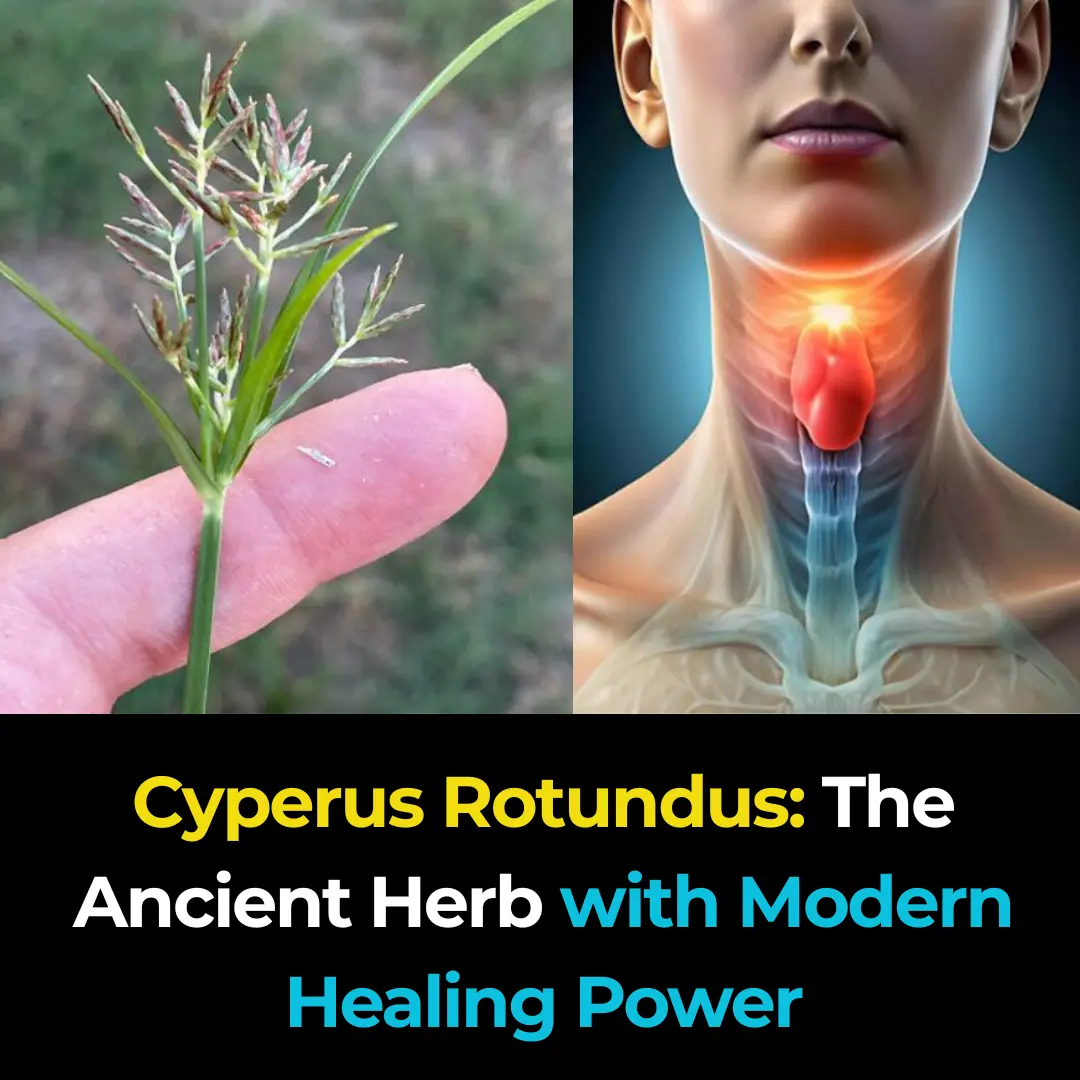
Cyperus Rotundus: The Ancient Herb with Modern Healing Power

2 Cloves a Day Trigger Irreversible Changes in Your Body — Especially After 40
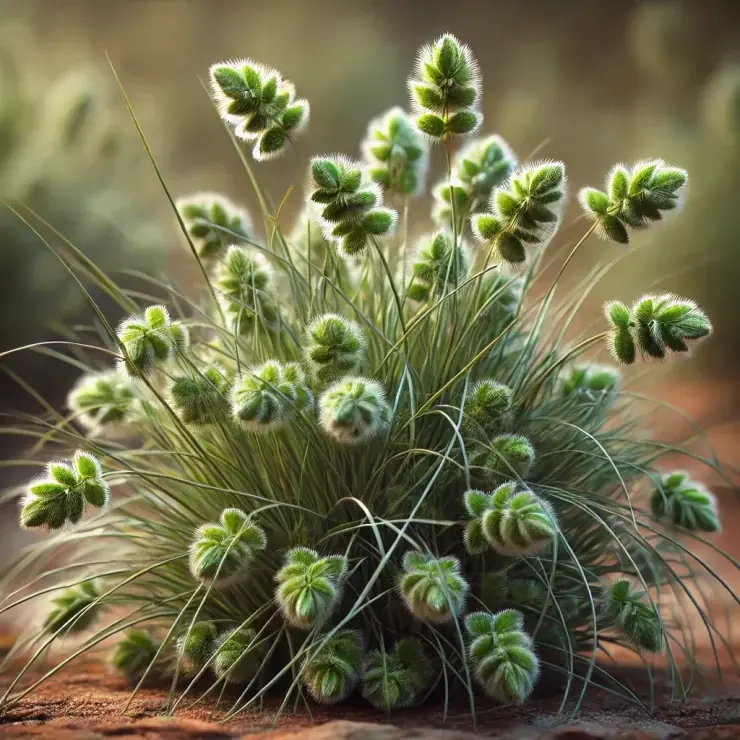
Kyllinga brevifolia (Rottb): Benefits and How to Use It

Try This Before Bed and Feel the Spark
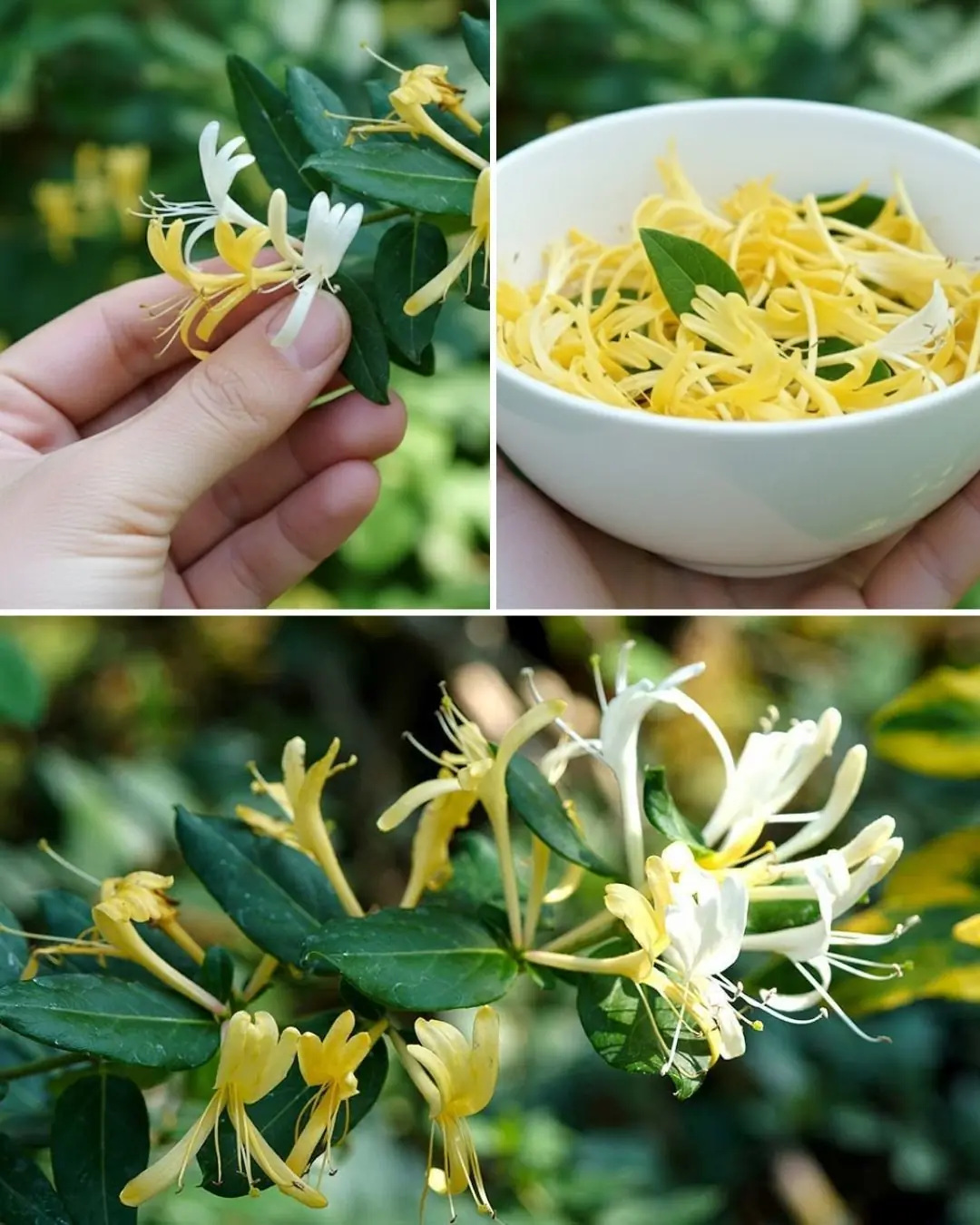
Japanese Honeysuckle (Lonicera japonica): Health Benefits and Homemade Uses

🦵 Discover the Miracle Drink That Rebuilds Knee Cartilage Fast for Seniors!

A Unique Way to See Vietnam – Naturally, Deliciously, and Mindfully

Did You Know? 25 Surprising Health Benefits of Cucumbers!

Papaya releases a milky sap, but most people don’t realize how important it is

American Sweetgum (Liquidambar styraciflua): Health Benefits and Easy Ways to Use It at Home
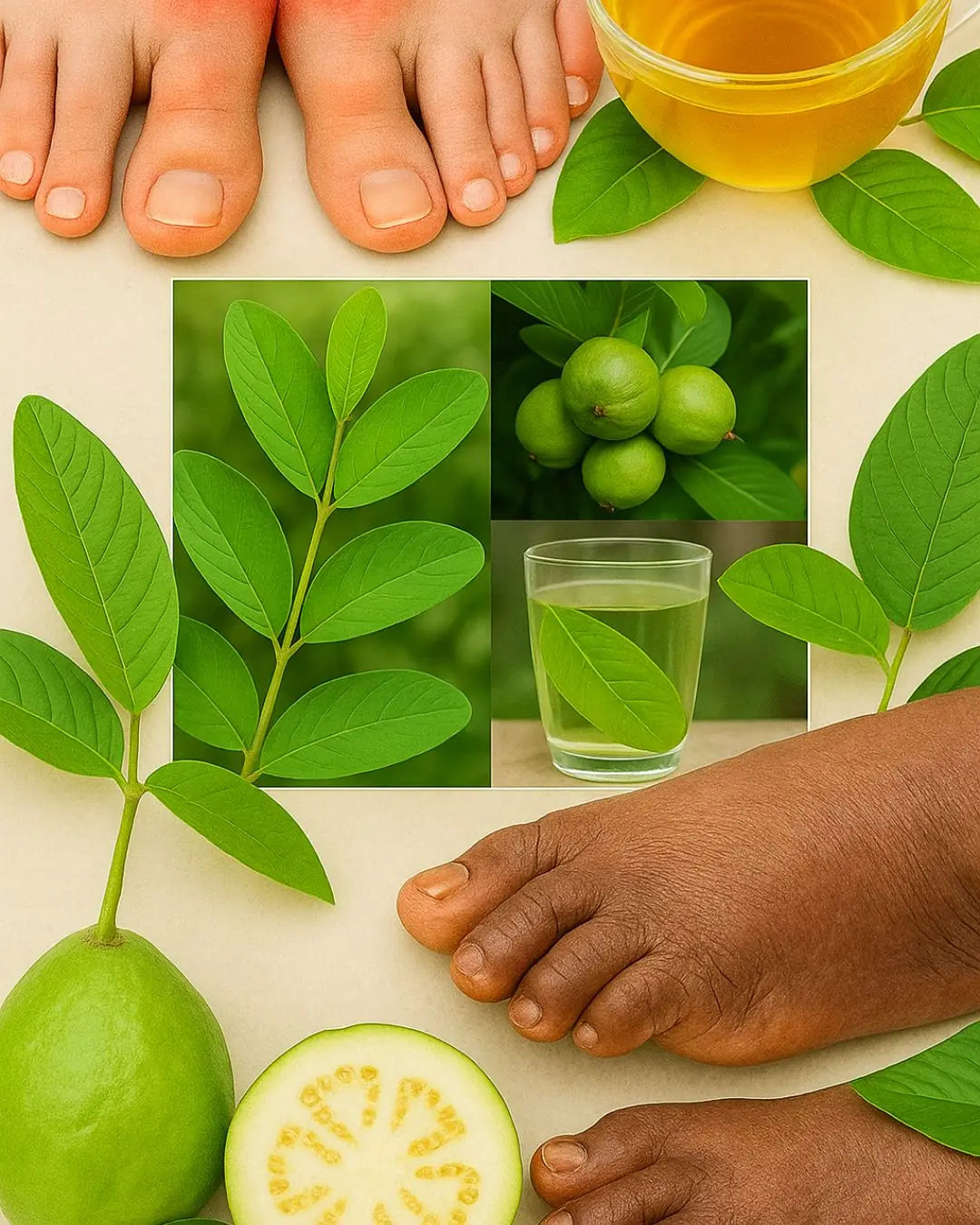
Why Guava Will Become Your Favorite Fruit

Homemade Baking Soda Cream: Say Goodbye to Wrinkles and Dark Spots

Goodbye, Blood Sugar! A Simple Natural Drink That Helps Balance Glucose Levels

Honey, Lemon, Onion, Garlic & Ginger: The Daily Spoonful That Works Wonders

It grows everywhere, but this stunning plant hides a dark and dangerous secret… 💬👀

You Thought This Flower Was Just Decorative – Think Again…
News Post

Symptoms That Can Be Caused by Stress

What the Shape of Your Legs Might Say About Your Personality

How surgeon who amputated his own legs was caught as he's sentenced to 32 months in prison

PlayStation handing out rare refunds to gamers over popular new game

🌿 17 Health Conditions That May Benefit from Guava Leaf Tea + Easy Homemade Recipe

If your non-stick pan has lost its coating, don't rush to throw it away: Just do this, and you can fry and cook without it sticking or falling apart.

The golden 4-hour window for drinking coffee helps your body gain maximum benefits: detoxifying the li:ver and promoting smooth digestion.

Eating boiled bananas at this time, after just 1 week, your body will experience 7 changes

Add potato to coffee to get rid of wrinkles in just 1 week

Homemade Rice water & Methi Dana Toner for Glowing Skin

The DIY anti-ageing cream that is very effective to get rid of wrinkles and fine lines on your face

Herbal Remedies for Strong, Lush Hair: Easy Recipe Everyone Can Make At Home

Flaxseed Gel for Wrinkles: The Natural DIY Solution for Smoother, Youthful Skin

10 Tomato Slice Skincare Remedies for Wrinkles, Pores, and Glowing Skin: Natural DIY Treatments

Super Effective DIYs to Achieve Soft, Pink, and Perfect Lips
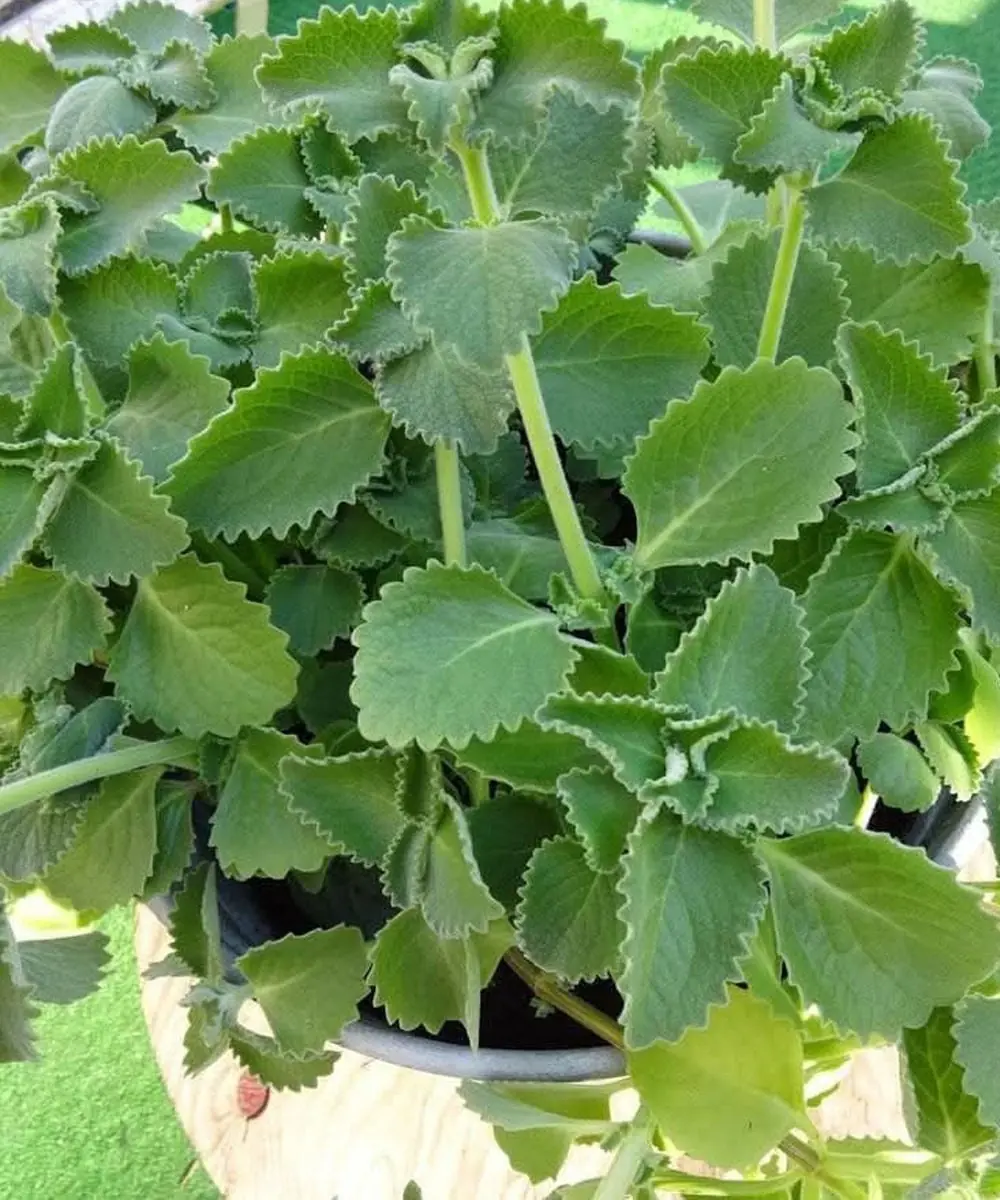
A Scientific Look at Oregano’s Role in Supporting Wellness

Reverse Hair Greying Naturally: Effective Treatments and Remedies for Restoring Hair Color

The Incredible Benefits of Plantago lanceolata and How to Use It

CCF Detox Drink For Glowing Flawless Skin
